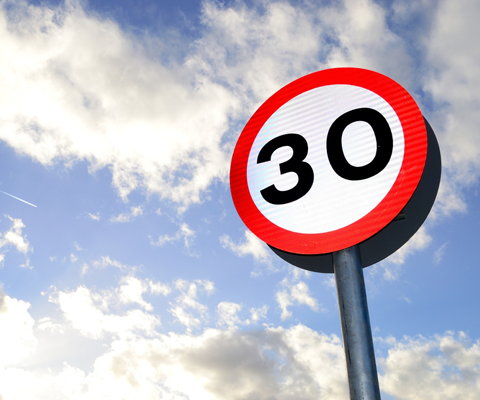
What to expect from the hazard perception test
As you’ll probably know by now, getting your driving licence isn’t just a matter of being able to drive a car – you’ll also need to pass the driving theory test.
The theory test has 2 parts: the multiple-choice and the computerised hazard perception test and you’ll need to pass both in the same sitting. If that all sounds a bit daunting don’t worry, there’s loads of help available online as well as practice tests that you can take to prepare.
To practice for your Hazard Perception Test, we recommend Drive iQ – a free online resource where you can practice scanning the road effectively, identifying distractions and looking out for cyclists with their interactive video clips.
On the day…
Before you take the hazard perception test you’ll be shown a brief video about how it works. It’s well worth watching the video in advance since it gives a really clear explanation of the test as well as example questions.
Taking the test
After the introductory video you’ll start the test itself,! You’ll be shown 14 video clips each about a minute long, featuring every day driving situations with a number of potential hazards and importantly one ‘developing hazard’. One of the clips will be a little different and will contain two developing hazards but you won’t know in advance which one. It’s these developing hazards that you’ll need to identify in order to pass the test.
Here's the official DVSA guide to the Hazard perception test:
What is a developing hazard?
It’s something that could result in you having to take action with your driving - changing direction and/or speed. This could be anything from a cyclist pulling out to move round a parked car to a pedestrian crossing the road.
Hazard perception test scoring
Be Warned...
You can’t beat the system just by clicking over and over again. If you click too early, just click continuously or in a pattern during each clip you’ll score nothing. You also won’t be able to review your answers or make any changes at the end so click carefully!
To score you need to click the mouse each time you see a potential hazard start to develop and each time something changes to show that hazard developing further.
Unfortunately it’s not as simple as just identifying the developing hazard and clicking in order to pass the test. For each scenario you’ll be scored on how quickly you identify the developing hazard – the quicker you are the higher you’ll score up to a maximum of 5 for each one.
For the maximum score you need to click as soon as you see the potential hazard begin to develop.
Remember there are 14 clips but one of them has 2 developing hazards, which are scored separately so the maximum number of marks available for the hazard perception is 75 – you’ll need at least 44 to pass.














